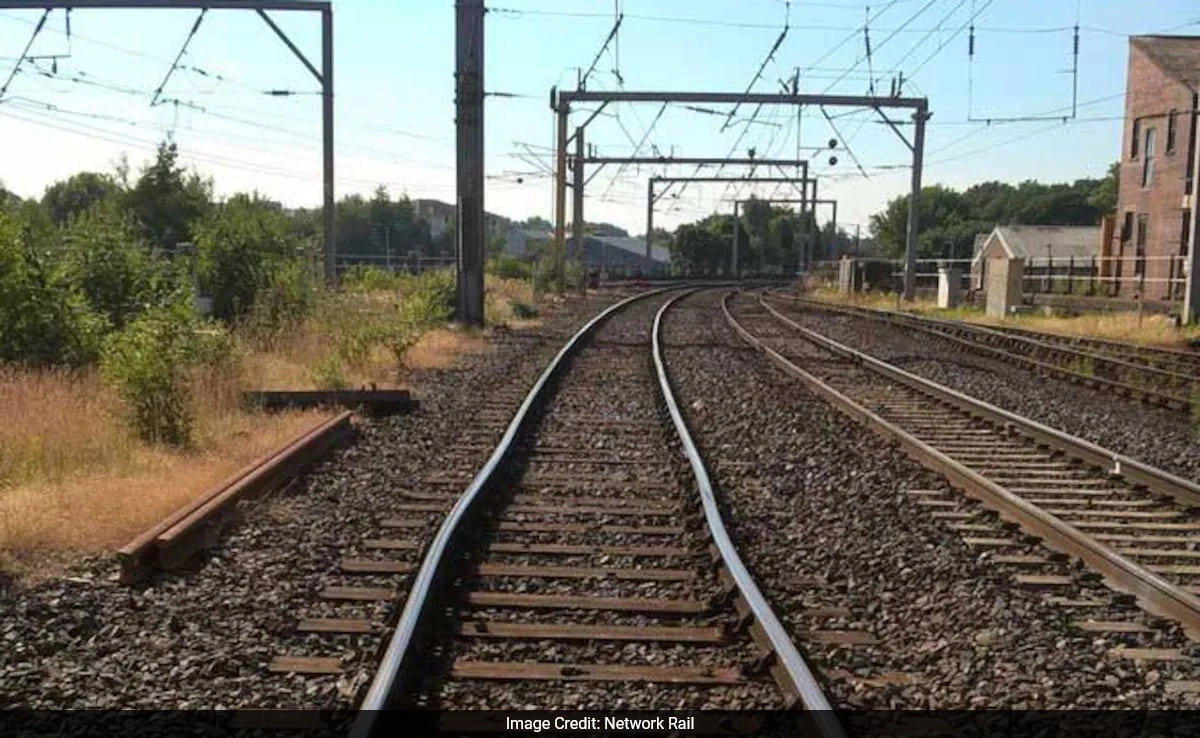Railway tracks in Britain have been experiencing an alarming trend of buckling, leading to significant disruptions in train services. This phenomenon, commonly referred to as “track buckling,” occurs when the metal rails expand due to extreme heat, causing them to warp and twist. The phenomenon is particularly prevalent during the summer months when temperatures soar, and the infrastructure struggles to cope with the thermal expansion of the materials used in track construction. The combination of high temperatures and the aging railway infrastructure exacerbates the issue, resulting in safety concerns that necessitate the temporary suspension of train services.
The underlying reason for track buckling is primarily linked to the materials and design of the railway tracks, which are typically made from steel. As the temperature increases, steel expands, and if the tracks are not anchored or supported adequately, they can bend and buckle under the strain. The British railway network, which has been in operation for many decades, faces additional challenges due to the wear and tear of aging tracks and insufficient updates to the technology used in their construction. Consequently, rail operators are compelled to implement emergency measures, including halting services to carry out inspections and repairs, ensuring the safety of passengers and staff.
In response to this issue, railway authorities are investing in modernizing the infrastructure to enhance resilience against extreme weather conditions. Innovations in track design, such as the use of temperature-resistant materials and improved anchoring systems, aim to mitigate the risk of buckling. Additionally, weather monitoring systems are being improved to provide timely alerts that could help rail operators prepare for temperature spikes. While these measures may not completely eliminate the risk of track buckling, they represent a proactive approach to maintaining safety and reliability in the railway network.
Ultimately, the buckling of railway tracks is a complex issue that highlights the challenges faced by an aging transportation system in the face of climate change. With rising global temperatures, the frequency and intensity of heatwaves may increase, posing ongoing risks to rail infrastructure. As Britain continues to grapple with these challenges, it is essential for authorities and operators to prioritize investments in modernization and maintenance, ensuring that the rail network remains a safe and efficient mode of transport for years to come. The current disruptions serve as a stark reminder of the need for continued vigilance and innovation in maintaining critical transportation infrastructure.




